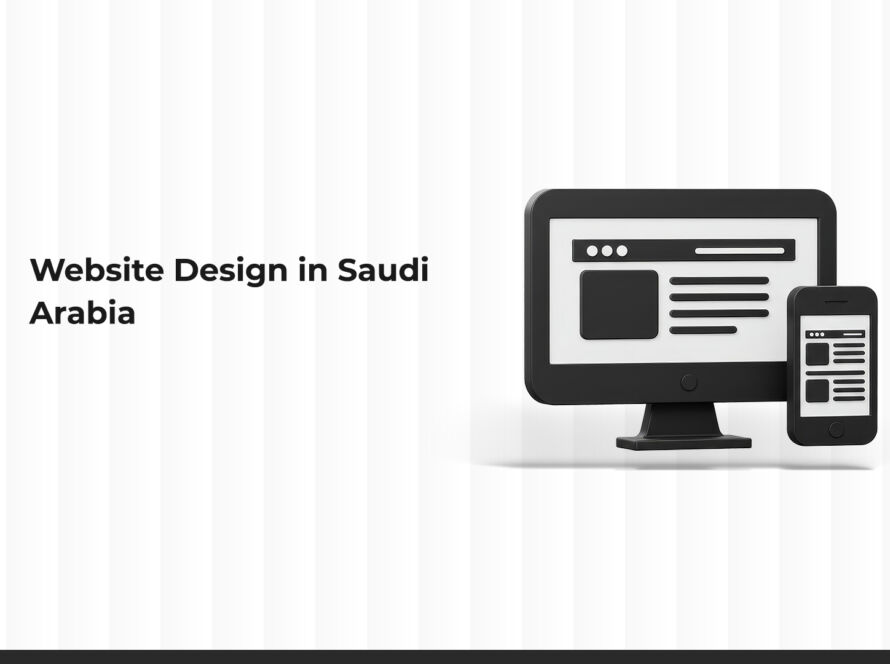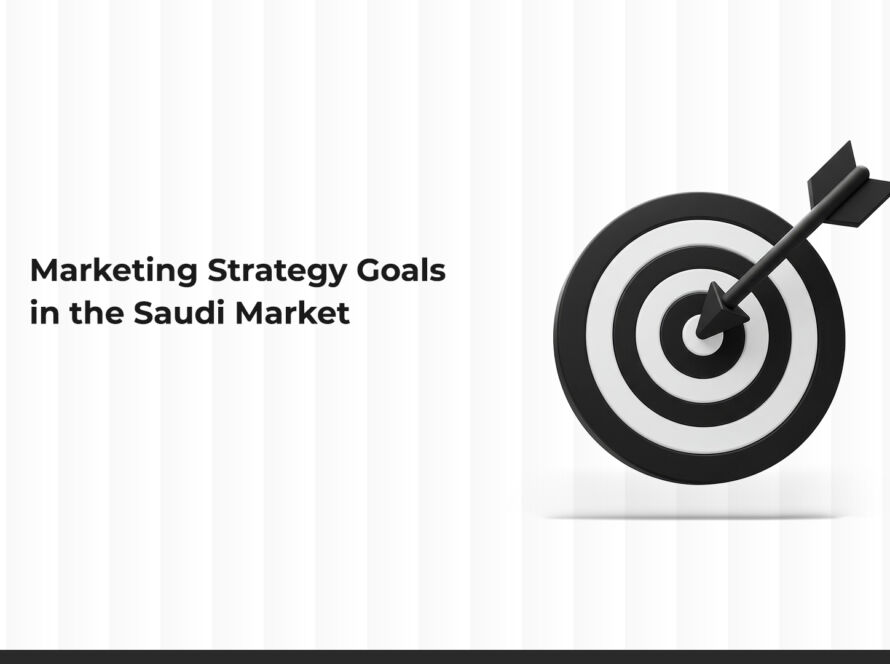Web design has become one of the most in-demand skills in today’s digital job market. Every day, thousands of new websites are created, from e-commerce platforms to personal blogs. But many people ask: What are the best programming languages for web design? Do I need to learn everything from scratch? Is there one “best” language?
In this article, we’ll break down the most important programming languages for web design, what makes each one unique, and when to use them—so you can make a clear decision as you begin your journey or enhance your skills.
What Is Web Design?
Before we get into the details, let’s clarify what we mean by “web design.”
Web design is divided into two main parts:
- Front-End: What the user sees and interacts with—like text, buttons, images, and colors.
- Back-End: The behind-the-scenes part that manages data, databases, and user accounts.
Each part depends on different programming languages, but all fall under the broader category of web design.
Do I Need to Learn Every Language?
No. You don’t have to learn every programming language. But it’s important to understand which language is used for which purpose—and start with one or two depending on your goals.
For example:
If you only want to create beautiful interfaces, start with front-end languages. If you want to build site functions like login or shopping carts, focus on the back-end.
Top Programming Languages for Web Design (Front-End)
1. HTML – The Foundation
You can’t talk about web design without mentioning HTML. It’s not a “programming” language in the complex sense, but it’s essential for creating the basic structure of any page.
Why HTML is important:
- Defines headings, paragraphs, images, links.
- Very easy to learn.
- The base of every website on the internet.
If you’re a beginner, HTML is your first step.
2. CSS – Styling and Layout
After HTML, CSS comes into play. It’s responsible for the site’s appearance: colors, fonts, spacing, and layout.
Why CSS is one of the best for web design:
- Gives your website a visually appealing look.
- Supports responsive design for mobile.
- Full control over site aesthetics.
With HTML and CSS together, you can design elegant web pages.
3. JavaScript – Adding Interactivity
JavaScript makes your website “smart.” It adds interactivity like dropdown menus, interactive forms, and even games.
JavaScript benefits:
- Runs directly in the browser.
- Supported by all major browsers.
- Essential for modern websites.
If you want to learn web design professionally, JavaScript is a must.
Top Programming Languages for Web Design (Back-End)
Once you’ve mastered front-end basics, it’s time to explore server-side programming—or back-end. This handles databases, calculations, authentication (like login), and more.
1. PHP – The Traditional and Popular Choice
PHP is one of the oldest and most widely used web programming languages. Major sites like Facebook and WordPress were built using it.
PHP benefits:
- Compatible with most hosting services.
- Supported by WordPress (which powers over 40% of websites).
- Easily integrates with HTML.
If you’re planning to create WordPress sites or simple projects, PHP is a great choice.
2. Python – Simple and Flexible
Python is known for being beginner-friendly and is popular in fields like AI and data analysis—but it’s also powerful for web development.
Why Python is great for web design:
- Works with frameworks like Django and Flask.
- Easy code writing and fast development.
- Flexible and scalable.
If you’re thinking about creating websites with advanced functionality or web apps, Python is a smart option.
3. Java – For Large-Scale Projects
Java isn’t just for mobile apps—it’s widely used in large, enterprise-level websites.
Advantages:
- Very powerful.
- Suitable for high-security projects.
- Used in banking, insurance, and government systems.
Not the easiest for beginners, but excellent for big business environments.
4. Node.js – JavaScript for the Back-End
Node.js isn’t a new language but a runtime environment that allows you to use JavaScript on the server side.
Why Node.js is useful:
- Same language for front-end and back-end.
- Fast and lightweight.
- Backed by a massive community.
If you already know JavaScript, learning Node.js helps you become a full-stack developer.
Other Useful Languages for Web Design
- SQL: For managing databases.
- TypeScript: An improved version of JavaScript.
- SCSS/SASS: Extensions of CSS that make design easier.
How to Start Learning Web Design
If you’re completely new, follow this path:
- HTML
- CSS
- JavaScript
After mastering the basics, choose one back-end language like PHP or Python.
Start with simple projects like a portfolio or blog, then gradually build up.
Best Learning Resources
- Free websites: W3Schools, freeCodeCamp, MDN.
- Arabic courses: Elzero Web School on YouTube, Hsoub Academy.
- Paid platforms: Udemy, Coursera, Codeacademy.
There isn’t just one “best” programming language for web design. It’s a set of tools, each with a specific purpose.
If you’re a beginner, start with HTML and CSS, then add JavaScript. After that, pick a back-end language based on your goals.
If you want to build simple websites, PHP might be enough. But if you’re aiming for advanced applications, Python or Node.js are your go-to choices.
The key is to start and keep going. With time and practice, you’ll discover what fits you best. Web design is a vast field with countless opportunities for those who learn and apply.



